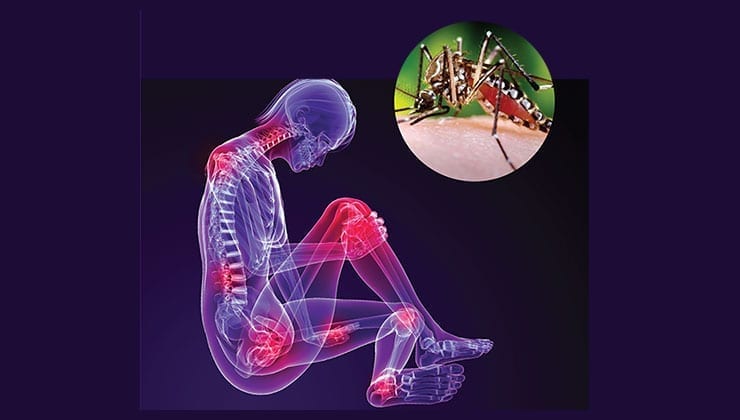PaxVax last week announced a partnership with the National Institutes of Health (NIH) and United States Department of Defense (DoD) on its chikungunya vaccine program. The company has in-licensed NIH’s virus-like particle (VLP) vaccine technology for chikungunya with plans to bring the vaccine to commercialization.
NIH has completed a phase 1 trial, and is presently assessing the vaccine in a phase 2 trial. PaxVax has been working to develop a commercial manufacturing process and the necessary release assays.
In addition to leading its own trials, PaxVax will work with the Walter Reed Army Institute of Research (WRAIR) to conduct another clinical trial to assess the potential benefits of an alum adjuvant in the vaccine formulation.
“The spread of chikungunya represents a significant unmet public health need. At PaxVax, we are committed to ongoing collaboration with the U.S. government for the development of a vaccine to halt the spread of this debilitating infectious disease,” said Nima Farzan, Chief Executive Officer and President. “PaxVax is closely working with partners including NIH and DoD to combat the growing global burden of disease caused by the chikungunya virus.”
VLP vaccines are multi-protein structures that mimic the organization and conformation of naturally occurring viruses but lack the viral genome, potentially yielding safer and more inexpensive vaccine candidates. The chikungunya VLP-based vaccine can be efficiently produced in cells growing in bioreactors by self-assembly of viral proteins, an innovative approach for this group of viruses that was pioneered by scientists at NIH’s Vaccine Research Center.
“There is no licensed vaccine to prevent chikungunya and there is no specific treatment for the complications of infection, which are often persistent and debilitating,” said Colonel Paul B. Keiser, Director of the Viral Diseases Branch at WRAIR. “We look forward to working with industry partners to help advance the development of a much needed vaccine.”
In late 2013, the first local transmission in the Americas was identified in Caribbean countries and territories. Since then, chikungunya has been identified in 45 countries with more than 1.7 million suspected cases reported to the Pan American Health Organization from affected areas.
The results of NIH’s phase 1 trial were published in The Lancet in 2014, and demonstrated that the vaccine was very well tolerated and highly immunogenic. Results from an ongoing phase 2 trial are expected in the first quarter of 2017.


